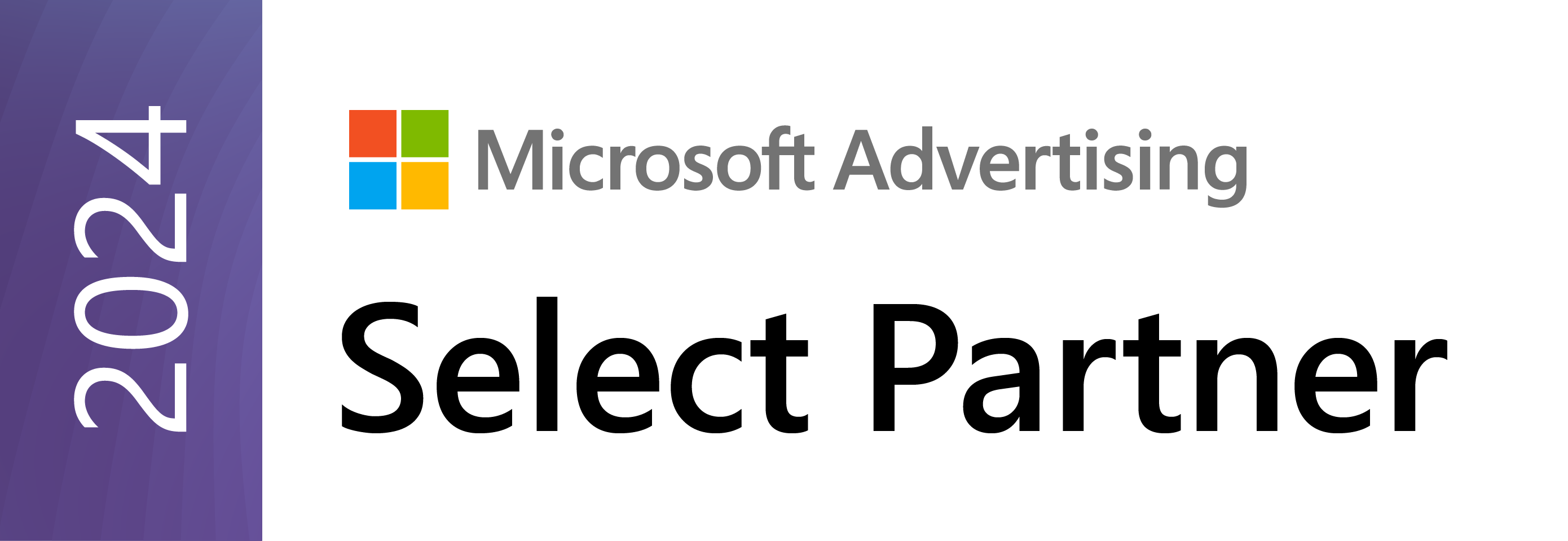
Harnessing Proactive Online Reputation Management
Key Takeaways
-
Proactive online reputation management (ORM) enhances trust, visibility, and customer retention.
-
Monitoring tools and content strategies are essential for managing brand perception.
-
Reputation audits and social listening help you respond before issues escalate.
-
Transparency, feedback engagement, and SEO work hand-in-hand for a strong online presence.
-
ORM isn’t a one-time task; it’s an ongoing, strategic investment in your brand’s success.
Today, your reputation is shaped more by what people find online than by word of mouth. A single negative review, a viral social post, or outdated online information can influence buyer decisions and undermine trust. For businesses of all sizes, mastering online reputation management (ORM) is no longer optional—it’s foundational.
This guide will walk you through how to build, protect, and grow your brand’s reputation across digital platforms. Whether you’re a growing brand or an established business, the strategies here can help you earn trust, defuse criticism, and stay competitive.
Why Reputation Management Matters More Than Ever
The rise of online reviews, social media, and search visibility has shifted control of brand perception from companies to customers. Today, over 93% of consumers read online reviews before making a purchase, and nearly 60% avoid a brand with negative feedback.
ORM goes beyond damage control. It helps you:
-
Build credibility and consumer trust
-
Increase lead conversions and repeat customers
-
Attract top-tier talent and brand partnerships
-
Boost your search engine rankings
Laying the Groundwork: Before You Take Action
Before launching into tactics, it’s essential to get your foundation right.
1. Monitor Mentions Across Channels
Use tools like Google Alerts, Brand24, or Hootsuite to monitor mentions of your brand. Real-time alerts let you catch both praise and criticism early.
2. Create a Response Framework
Develop a tone guide and templates for responding to:
-
Positive reviews
-
Negative comments
-
Public complaints
-
Inaccurate information
Consistency is key. Having guidelines ensures your team responds promptly and professionally.
3. Stay Active on Relevant Platforms
Don’t leave your reputation to random reviews. Regularly post, comment, and respond on platforms like Google Business, Yelp, LinkedIn, or TikTok (depending on your audience).
4. Audit Your Current Reputation
Search your business name. What do the first 5 pages of Google say about you? Are your business profiles accurate? Are outdated or unflattering results appearing first?
This audit gives you a clear baseline for improvement.
Core Tactics for Proactive Reputation Management
Conduct a Reputation Audit
Begin with a deep dive into how your business is currently perceived. Search results, review scores, media mentions—they all tell a story. Understand where you’re winning and where perception needs fixing.
Monitor Reviews and Mentions Consistently
Make review monitoring part of your daily or weekly workflow. Pay close attention to:
-
Review trends (e.g. multiple complaints about customer service)
-
Industry keywords that mention your brand
-
Sentiment changes over time
Generate Positive Content
Publish content that reflects your brand values:
-
Customer testimonials
-
Behind-the-scenes stories
-
Case studies and success stories
-
Educational blog posts
This content can push down negative links in search results while reinforcing positive perception.
Respond with Purpose
Every interaction online shapes perception. Respond to both negative and positive feedback with:
-
Gratitude
-
Empathy
-
Action (how you’re resolving an issue)
A thoughtful response to a negative review can actually build more trust than a 5-star rating.
Use Negative Feedback Constructively
Not all criticism is harmful. Use it to:
-
Spot trends in service gaps
-
Improve internal processes
-
Train customer-facing teams
Customers appreciate when brands evolve based on feedback.

Expert-Level Enhancements
Looking to take your ORM to the next level? Use these advanced strategies:
Leverage Social Listening
Tools like Sprout Social or Brandwatch help you track industry conversations, hashtags, and brand mentions in real time.
Automate Feedback Loops
Set up automated follow-up emails or SMS surveys to request reviews after purchases or service interactions. The more positive reviews you collect, the stronger your digital presence.
Create Authentic Connections
Host live Q&As or give followers a peek behind the scenes. Authenticity resonates with modern audiences more than heavily produced content.
Watch Your Competitors
What are competitors doing well? What are their customers complaining about? Learn from both to inform your own strategy.
Navigating Common ORM Challenges
Even with the right strategy, you may hit some bumps. Here’s how to overcome them:
1. Underestimating Reputation Risk
Many small businesses assume they’re “too small” to suffer damage. One viral post can prove otherwise. Treat ORM like insurance.
2. Ignoring Social Media Signals
Not actively managing social platforms leaves space for misinformation. Be proactive in managing your presence and reputation.
3. Overreacting to Criticism
Avoid emotional or defensive responses. Stay calm, address the concern, and show you care.
4. Lack of Transparency
Customers expect honesty. Own your mistakes, share improvements, and stay open about how you do business.
Integrating SEO and ORM for Maximum Impact
Search engine optimization (SEO) and online reputation management work better together. Here’s how:
-
SEO makes your positive content more visible.
-
ORM ensures that what ranks high reflects well on your brand.
Use SEO tactics like keyword optimization, schema markup, and backlinking to push up your best content in search results—and push down anything outdated or unflattering.
Emerging Channels and Alternative Strategies
ORM isn’t just for Google and Yelp anymore. Consider building a reputation on:
-
TikTok and Instagram (for lifestyle or consumer brands)
-
LinkedIn (for B2B or service-based businesses)
-
Podcasts or YouTube (for thought leadership)
Diversifying your presence lets you control more narratives and reach new audiences.
Building a Resilient Online Reputation
Managing your digital reputation is a long game. It’s about consistency, authenticity, and responsiveness. Whether you’re fixing a crisis or maintaining a stellar image, these steps ensure your online presence accurately reflects your brand values.
Working with an experienced agency like CS Design Studios can streamline the process. From audits to ongoing monitoring to SEO-integrated content, they provide tools and strategies to future-proof your reputation in a digital-first world.
Frequently Asked Questions
How often should I check my business’s online reputation?
Ideally weekly, but at a minimum monthly. Tools like Google Alerts or Brand24 can automate this for you.
What if I get a fake or unfair review?
Respond calmly, state your case factually, and request a review removal if it violates platform policies.
How do I improve my online reputation fast?
Start with responding to reviews, updating business listings, and publishing positive content. If possible, request reviews from satisfied clients.
Can SEO help with online reputation?
Absolutely. SEO ensures your best content appears higher in search results, pushing down negative or outdated links.
Do I need professional help with ORM?
While DIY is possible, working with a team like CS Design Studios can save time, avoid missteps, and deliver faster, measurable results.




